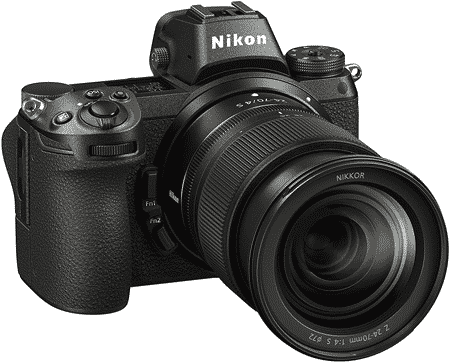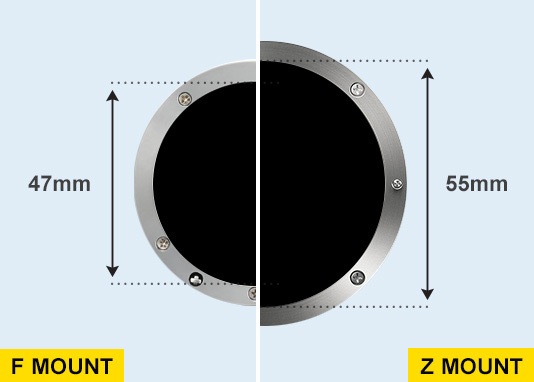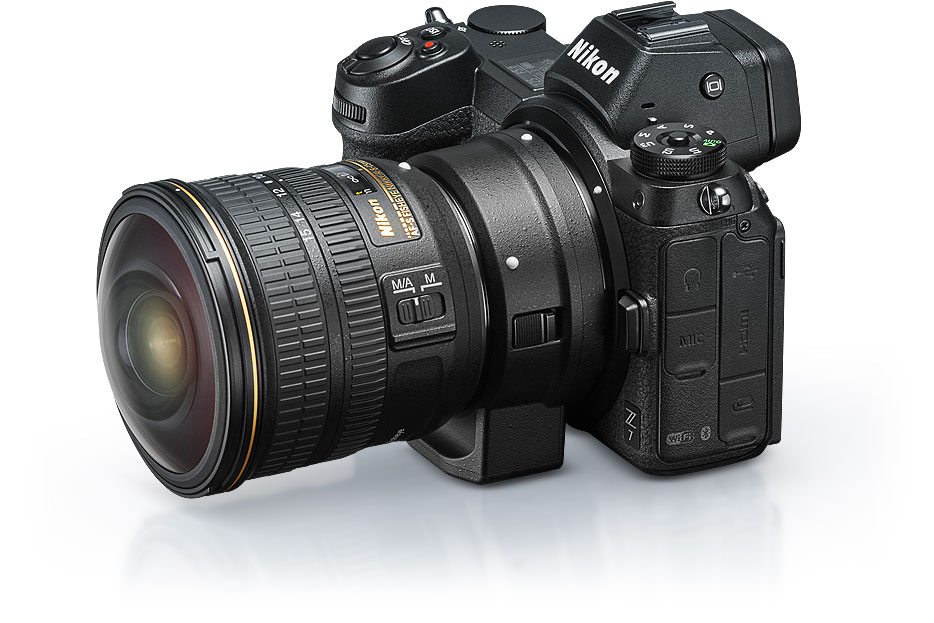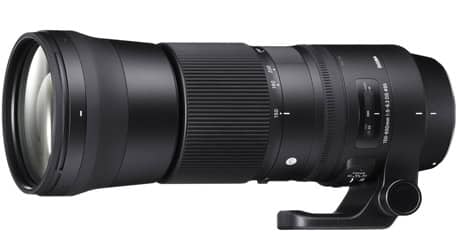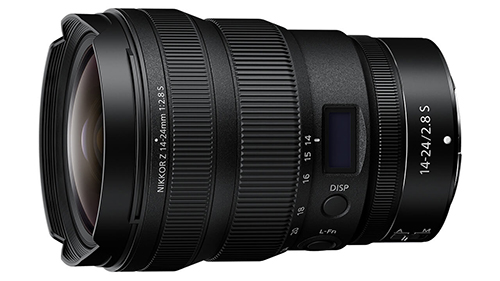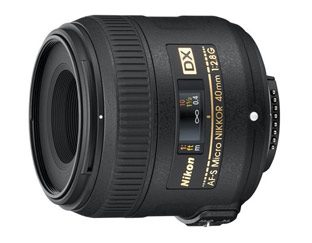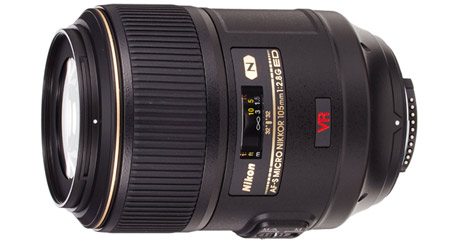Are you trying to figure out what lenses are compatible with your Nikon Z7? The Z7 falls into the high-end full frame mirrorless camera for Nikon’s lineup. While it lacks a little bit in autofocus performance compared to other brands in this class, it is well-suited for a wide range of stills and video. Plus Nikon finally put in-camera image stabilization into their cameras, so you get a CIPA IS rating of 5 stops.
With the right lenses, the Z7 is perfect for all types of photography. It’s got a 46 megapixel CMOS sensor, 9fps burst mode, ISO that expands up to 102,400 and good quality 4K video using the full width of the sensor.
It can do it all. However, the image quality depends far more on the lenses than the camera! Assuming you already have the Nikon Z7, now it’s time to invest and learn about you best options for Z7 lenses.
The Best Nikon Z7 Lenses:
Below we cover the Nikon Z7 lenses in depth in case you’re looking for full specifications and reviews. However this is a quick organized list of our top recommendations. Where applicable they are arranged by prime and zoom lenses, from widest to longest.
If you decide to buy anything through our Amazon links, you automatically support our work as we receive a small commission and it’s what allows us to write these guides.
Best Portrait/Wedding/Low Light Lenses:
Nikon Z 35mm f/1.8 S
Nikon Z 50mm F1.8 S
Nikon Z 85mm F1.8 S
Best Telephoto/Action Lenses:
Nikon Z 24-200mm F4-6.3 VR
Nikon Z 70-200 F2.8 VR S
200-600mm (Yet to be announced)
100-400mm (Yet to be announced)
Best Walkaround/All-around Lenses:
Nikon Z 24mm F1.8 S
Nikon Z 24-70mm F2.8 S
Nikon Z 24-200mm F4-6.3 VR
Best Wideangle Lenses:
Nikon Z 20mm F1.8 S
Nikon Z 14-24mm F2.8 S [Coming Soon]
Best Macro Lenses:
Micro 50mm (Yet to be announced)
Micro 105mm (Yet to be announced)
Transitioning from Nikon’s F mount to Z mount
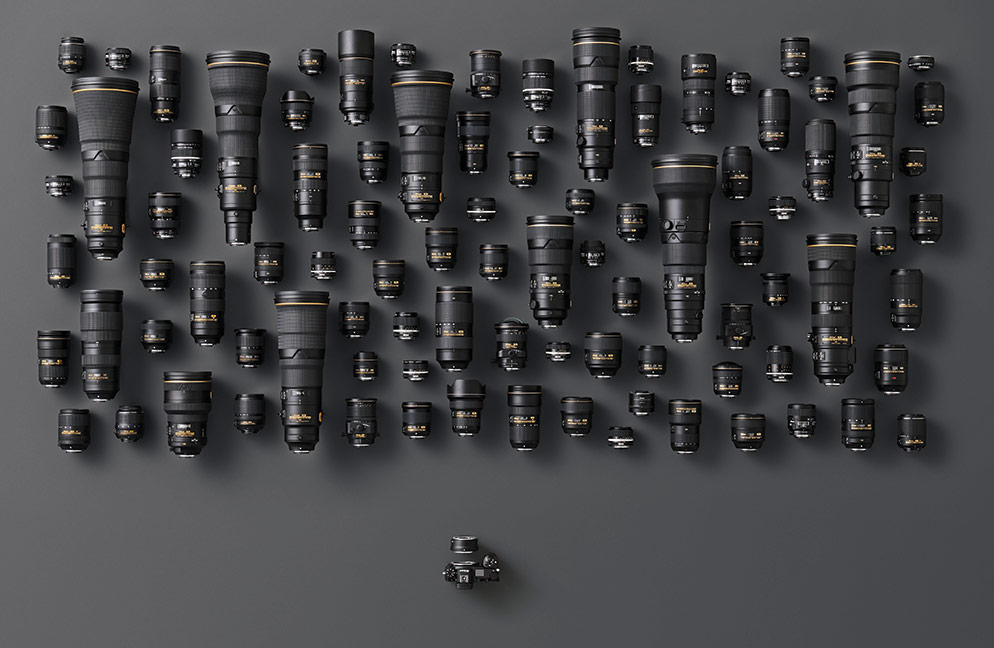
As you may well be aware of Nikon’s mirrorless cameras are designed with a Z lens mount. So does that mean all your F mount NIKKOR lenses need to be sold on the used lens market? Not at all!
If you’re buying new glass then we’d recommend buying specific lenses for the Z mount. However, if you already have F mount lenses then we’d suggest buying the Nikon Mount Adapter FTZ.
According to Nikon there are at least 90 NIKKOR lenses that use the F mount that are fully compatible. Plus 360 Nikon F mount lenses that can be used with the cameras/FTZ combination.
According to Nikon the specific detail of fully compatible lenses is anything that is “Full AF/AE supported when using FX or DX AF-S Type G/D/E, AF-P type G/E, AF-I type D and AF-S/AF-I Teleconverters.” While the other 360 lenses will “retain all of their superb image quality and gain the benefits of the Z system like in-camera VR, fast, silent shooting, focus peaking, and smooth hybrid AF.”
What are the benefits of a Z mount?
If you already own a mirrorless camera then you probably have already decided it has some benefits over a DSLR.
For one, from 2018 to 2020 of the 19 lenses Nikon introduced only 3 of them weren’t a Z mount lens. Obviously there are a lot of F mount lenses already in the market but this just shows that Nikon is putting the bulk of their resources into mirrorless technology.
The Z mount option also provides some new engineering capabilities that are harder to achieve in a traditional DSLR. For example, Nikon says that with the smaller flange distance and wider diameter you can get more light contacting the sensor. This can translate to shaper edge-to-edge images. Plus they are able to achieve a smaller and lighter lens. For more details on the benefits of NIKKOR Z lenses you can check out this article.
Here’s an image from Nikon that shows the larger inner diameter that the Z mount provides.
Then if you’re curious how it might look when paired with a F mount lens and a mirrorless camera here’s another image from Nikon.
Which Lens to Buy?
For this article we are just focusing on the Z mount options, with a few exceptions noted below. We have many other articles on the best F mount lenses if you are looking for more information on that.
Unfortunately at the time of this writing there are not any good 3rd party Z mount lenses from Sigma, Tokina, or Tamron. Don’t get us wrong, Nikon has great lenses but we do like to see some price competition created by these other manufacturers.
While currently the selection of lenses for the Z7 is a bit limited we only included a lens if we determined that it meets the the qualification of being one of the “best lenses.” Meaning it has high image quality, sharpness, as well as value of both money and usability.
Everything you’ll see on our list below is perfect if you want to get the most for your money.
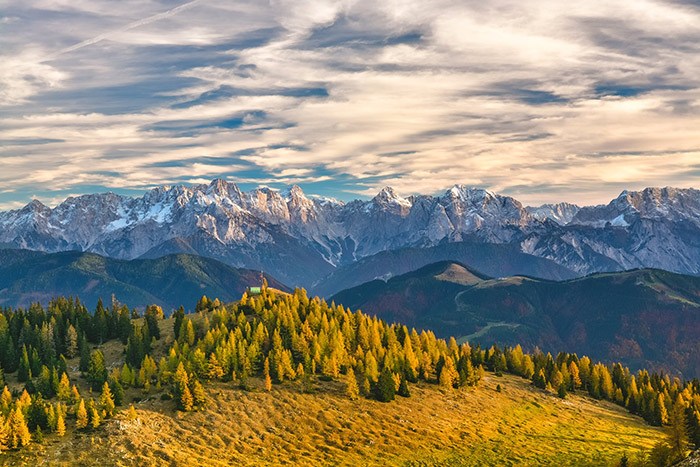
Wideangle lenses

Macro lenses
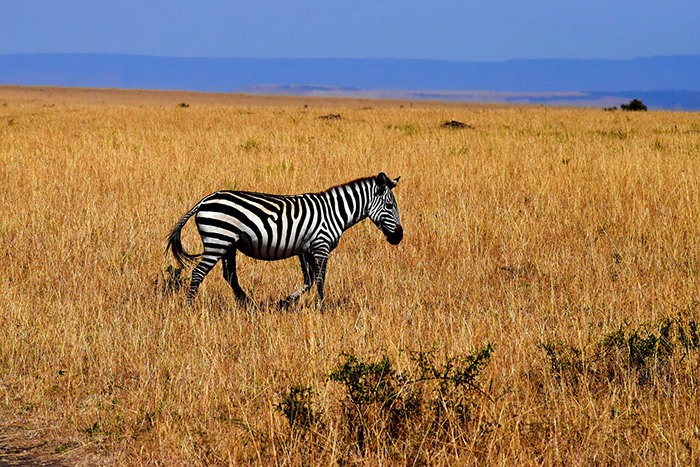
Telephoto lenses

Standard lenses
Best Nikon Z7 Lenses for Portraits, Weddings, Low Light and General Photography

Best for everything – Nikon Z 35mm f/1.8 S
Best all-around and least expensive – Nikon Z 50mm F1.8 S
Best for portraits and sharpest – Nikon Z 85mm F1.8 S
If you want to shoot in low light, or want to make your background blurry, you’ll want one of these lenses.
Because of their big aperture and high image quality, they’re used by all sorts of professional photographers. That includes weddings, portraits, concerts, journalism, you name it.
They are also cheaper, smaller and lighter than almost any zoom out there. In return you lose zoom, but these are common focal lengths (from 24 to 85mm) so unless you shoot extreme bird wildlife, these ranges are perfect for most photography situations. You can almost always move as well, which forces you to think more about your composition.
1. Nikon Z 35mm f/1.8G S
The Nikon Z 35mm f/1.8 S is a versatile Nikon prime lens that offers superb image quality and fast auto focus. If you’re looking to buy your first lens after the kit lens, you’ll be amazed by the quality, as prime lenses are top notch!
Thanks to aperture f/1.8 it will make your portrait shots look more professional due to the shallow depth of field and lovely bokeh. Colors and sharpness are also really good. It’s a perfect choice for a whole lot of different styles, from night time, portraits, kids and pets running, nature to traveling and wedding photography.
For everyday photography, both indoors and outdoors, this is a fantastic choice as well due to its large aperture selection and standard view angle. One potential con would be that it doesn’t have the absolute fastest autofocus. Another thing to consider is if you don’t need the wide 35mm you can get the 50mm for a bit less.
You can buy it at Amazon or see more reviews here.
2. Nikon Z 50mm f/1.8 S
The Nikon Z 50mm F1.8 S is our favorite prime for both newcomers to photography and more advanced users looking for quality in a lightweight lens. You lose a little bit on the wider angle but the price difference makes it something many people can live with.
If you often find yourself using a kit style 18-55mm lens more or less near 50mm, this lens was made for you. Not only is quality years ahead of a kit zoom, it also focuses faster and lets you go all the way to f/1.8! Which will help give you better looking bokeh.
This is really like the 35mm above but with slightly longer view. If you can’t make the decision, the 50mm is a little bit more appropriate for closer portraits, concerts and weddings, but even the 35mm can do those things just fine.
You can buy it at Amazon or see more reviews here.
3. Nikon Z 85mm f/1.8 S
We’ll keep it simple. If you’re into wedding, concert, portrait or night time photography, get the Nikon Z 85mm F1.8 S and you’ll never look back.
Why? It’s the focal length, there’s just something magical about 85mm for shots of people. The 85mm focal length gives you more distortion free portrait lens since it doesn’t change the shape of a face like some other focal lengths will do. Then there’s the awesome bokeh with fast f/1.8 aperture and sharp results. It’s more expensive than the 50mm but definitely worth it if you’re looking for that one lens to take your portrait shots to the next level.
Because it’s noticeably longer, it’s not as good for street, indoor birthday and walk-around purposes, but is ideal if you can’t always be close to your subject. On the full frame Z7 it might still be acceptable for super tight spaces but not as ideal.
You can buy it at Amazon or see more reviews here.
Best Nikon Lenses for Wildlife, Sports, Birds and Action Photography
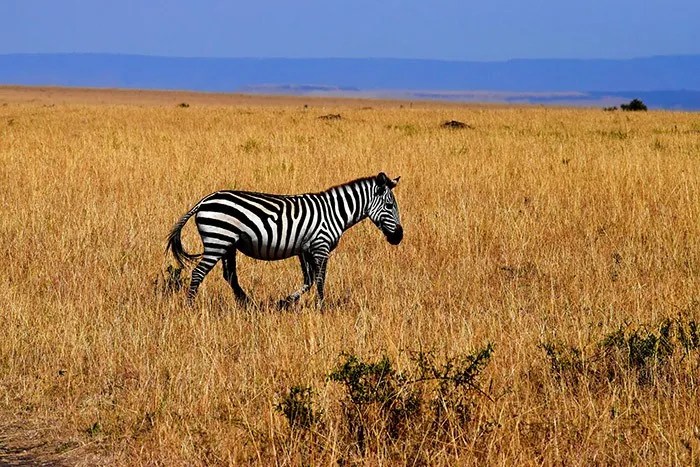
Travel telephoto zoom – Nikon Z 24-200mm F4-6.3 VR
Zoom up to 600mm – [F Mount] Sigma 150-600mm f/5-6.3 DG OS HSM
Based on the current telephoto lenses Nikon offers for mirrorless cameras we really like the Nikon Z 24-200mm F4-6.3 VR because of the price point and that it gets the job done. It’s a really flexible lens in a fairly compact format.
Because telephoto lenses tend to be a bit heavier and also get you close to the subject, you’ll want to make sure you get one with Vibration Reduction. Basically, if you’re not totally stable the lens compensates for slight movements and makes the shot less blurry, but this won’t help if your main subject is moving fast, only a faster shutter speed will.
Cheaper telephoto lenses also don’t have large apertures and are usually between f/4 and f/5.6. This is not good for indoor action so remember to raise the ISO up to 1,600 – 3,200 to get acceptable shots, and they will be fine if you are mainly viewing on an computer monitor.
1. Nikon Z 24-200mm F4-6.3 VR
The Nikon Z 24-200mm F4-6.3 VR is a great versatile lens. It also comes in at only 1.26 lbs so it won’t be as much of a burden on a long day of shooting.
From architecture and landscapes to street photography this is a great all-in-one option. If you have low light situations you might have to compromise with increasing your ISO since the aperture only goes to f/4. However, you’d have to pay a lot more for a lens with this kind of focal range that also has a bigger aperture.
Also be aware that at 200mm you won’t be able to get the full f/4.
You can buy it at Amazon or see more reviews here.
2. Nikon Z 70-200mm F2.8 VR S
The Nikon Z 70-200 F2.8 VR S is a wonderful zoom. It is built very well and provides top build quality. This high-end quality really comes into play if you often shoot in rain and harder conditions and don’t want to risk your equipment. A fluorine coating on the front element will also help resist both water and fingerprints.
Aside from quality, sharpness, and excellent colors the vibration compensation (VR) will give you up to 5 stops.
70-200mm is ideal as a portrait lens for the Nikon Z7, as well as for events, concerts, weddings, sports and even landscape photography. You can also use it for animals in the zoo and some wildlife but nothing extreme like small birds.
You can buy it at Amazon or see more reviews here.
3. [F Mount] Sigma 150-600mm f/5.6-6.3 DG OS HSM
We are including this Sigma F mount lens here simply because there is a hole in coverage of this focal range with any Z mount specific lenses. Nikon says they will be announcing a 200-600mm lens at some point. If you need this focal range you’ll also need to buy a Nikon Mount Adapter FTZ.
Want to photograph wildlife, the moon or anything far far away? The Sigma 150-600mm DG OS HSM, released back in 2015, is your cheapest way of ever reaching 600mm with acceptable quality.
It features Optical Stabilization which is a must for something so long, HSM for fast and accurate focusing and also fits on FX models. As far as focusing goes, it’s super quick and doesn’t hunt. You can have the best image quality in the world but if the AF system sucks, what’s the point if everything is out of focus.
Construction wise, the lens feels solid and is something you can use outdoors in tougher situations with no stress.
Anything bad? The f/6.3 makes it unusable for indoor sports, and it’s relatively heavy to carry around at over 6 pounds (1930g). If you’ve got a cheap tripod, you definitely have to buy something that can carry way more weight. Because of the weight you’ll definitely have to rest every hour or so if you’re not used to carrying around such a big lens (assuming you shoot hand-held).
You can buy it at Amazon or see more reviews here. Don’t forget the Nikon Mount Adapter FTZ.
4. [F Mount] Nikon 200-500mm f/5.6E ED VR
We are including this Nikon F mount lens here simply because there is a hole in coverage of this focal range with any Z mount specific lenses. Nikon says they will be announcing a 100-400mm lens at some point. If you need this focal range you’ll also need to buy a Nikon Mount Adapter FTZ.
Released in late 2015, the Nikon 200-500mm f/5.6 is Nikon’s answer to superzoom telephoto lenses from other brands.
Image quality and colors wise, it’s almost identical to the Sigma lens above. Jared Polin (video here) compares it to the Sigma above and finds little to no difference in quality, but Nikon’s biggest advantages are the slightly bigger aperture at 500mm and a lighter weight. You do lose 50mm at its widest length, and 100mm on the far end.
Vibration Reduction helps up 4.5 stops, more or less a standard today and a must for shooting above 400mm. The lens is a little bit more expensive, but if the advantages it offers are important to you, it’s definitely worth it.
You can buy it at Amazon or see more reviews here. Don’t forget the Nikon Mount Adapter FTZ.
Best Nikon Lenses for Traveling, Walkaround, Zoom and Everyday Photography

Quality wide-angle prime – Nikon Z 24mm F1.8 S
Workhorse zoom – Nikon Z 24-70mm F2.8 S
Best all-around choice – Nikon Z 24-200mm F4-6.3 VR
An all-around lens does exactly what you think; it’s something you can take with you and just shoot regardless of where you are. A lot of people prefer owning one do it all lens, and sometimes that’s a better choice if you often travel and can’t carry around a bunch of different gear. When traveling, you might not always have the time to switch between them, and you can also risk getting your gear wet/dusty.
But there’s one drawback; the quality of do it all zoom lenses is not as good as primes. We’re not saying they suck or anything, but their apertures are nowhere near as big and quality differences can be seen when viewing bigger prints. A zoom lens needs to have so many different elements inside, even for moving, that you can’t expect to get the highest quality.
1. Nikon Z 24mm F1.8 S
A walk around lens doesn’t always equal a long zoom. Sometimes, all you need is a small, fast prime with excellent optics. Thanks to the Z mount’s larger inner diameter ring the Nikon Z 24mm F1.8 S gives you great wide-angle optics that go from edge-to-edge of the frame. This makes it an ideal landscape lens for the Nikon Z7, as well as for architecture, real-estate, and cityscape photography.
With a f/1.8 aperture and small footprint it is an excellent length for day to day stuff, traveling, and taking pictures when it gets dark.
Yes, you can’t zoom but in return you get amazing quality, better bokeh, a large f/1.8 aperture and tack sharp shots. Having a fixed lens also forces you to be more creative and you sort of already know what to expect, even before taking a shot. You start moving better, you think more, you take better pictures. Not to mention, you stand out less with a prime lens compared to a superzoom (in certain countries, you really don’t want to stand out with your camera).
You can buy it at Amazon or see more reviews here.
2. Nikon Z 24-70mm F2.8 S
The Nikon Z 24-70mm F2.8 S offers a bright f/2.8 constant aperture that is consistent across the full range of the zoom.
Compared to it’s counter part 24-70mm in an F mount, you get an upgraded AF motor which reduces noise as well as a multi-focusing system which is designed to significantly reduce lens aberrations across the full range of the zoom.
Touted as a versatile lens for a wide range of photo and video application, it lives up to it’s promises.
Aside from being a higher-end lens in terms of cost, I haven’t been able to find anything that’s a downside if this fits the focal range and aperture you’re in the market for.
You can buy it at Amazon or see more reviews here.
3. Nikon Z 24-200mm F4-6.3 VR
The Nikon Z 24-200mm F4-6.3 VR is the perfect travel lens. Take it out for walks, or use it as your only lens when travelling all over the world.
As with many of the new Z mount lens Nikon is putting out you get wonderful edge-to-edge clarity because of the larger inner diameter ring. You also have the option on a FX camera like the Z7 to set it DX crop mode, which can give you an effective extension up to 300mm!
The autofocus has been improved and with the ultra-quiet stepping motor you’ll love it for shooting videos.
It’s weather sealed so if you end up using it for traveling that’s one less thing you have to worry about.
You can buy it at Amazon or see more reviews here.
Best Nikon Lenses for Landscape, Wideangle, Architecture and Indoor Photography

Best but expensive – Nikon Z 20mm F1.8 S
Best wide zoom – Nikon Z 14-24mm F2.8 S [Coming Soon]
For wideangle photography having a full frame camera like the Nikon Z7 is really good because it will give you the extreme wide angles of any lens you buy. Where as something with a crop sensor makes it so those extreme angles are so extreme. You can try Nikon’s lens simulator to see the difference.
1. Nikon Z 20mm F1.8 S
The Nikon Z 20mm F1.8 S is a superb lens. It falls in the ultra-wide focal range and has a brilliant f/1.8 aperture. This will make it easier to get great interior real-estate photography as well as stunning astrophotography.
You may also want to consider it for a unique perspective with videography. The wide angle will allow you to work in a tight space and it has a fast quite autofocus.
The fast aperture and sharpness provide superior results for night photography. With 9 rounded aperture blades you’ll also see really consistent and smooth blur.
Nikon has also included 3 extra-low dispersion (ED) elements and a Nano Crystal Coat (N) to prevent nearly all chromatic aberrations and flare or ghosting.
You can buy it at Amazon or see more reviews here.
2. Nikon Z 14-24mm F2.8 S [Coming Soon]
Right off the bat the Nikon Z 14-24mm F2.8 S [Coming Soon] comes in at 35% lighter than it’s FX counterpart. Nikon also touts it as one of the shortest, lightest zoom in this focal range. While we’d like to see at least a f/1.8 the f/2.8 is sufficient.
As an ultra-wide zoom the lens is geared towards city and landscapes as well as architecture or real-estate photography.
By using aspherical elements Nikon claims that it will keep point-light (like starts or city lights) sharp and clear. From our research this is true.
Another nice feature is that it uses a standard 112mm screw-in for filters, unlike many other ultra-wide zooms. It is also equipped with a filter slot at the back so you can slide in glider sheets and gels.
You can buy it at Amazon or see more reviews here.
Best Nikon Lenses for Macro, Product and Bugs Photography

Best DX Micro Lens – Nikon 40mm f/2.8G Micro
Cheap 100mm macro – Tokina 100mm f/2.8 Pro
If you want to look at the world from another perspective, there’s no better way than to use a macro lens. Their glass magnifies the subject so it’s just as big as it is in real life (1:1). If you ever see a lens with ‘macro’ in its name, check the magnification ratio first, if it’s under 1:1 then it’s not a true macro.
When buying a macro lens, there’s one thing you never have to worry about and that’s sharpness. We couldn’t find a single one that would be bad here and that includes a ton of third-party options as well.
For bugs and live creatures, longer focal lengths are preferred so you don’t scare them away.
1. [F Mount] Nikon 40mm f/2.8G DX Micro
We are including this Nikon F mount lens here simply because there is a hole in coverage of this focal range with any Z mount specific lenses. Nikon says they will be announcing a Micro 50mm at some point. If you need this focal range you’ll also need to buy a Nikon Mount Adapter FTZ.
This macro lens is perfect if you’re not too serious about macro photography, but just want to shoot from time to time. That’s not to say you can’t use the Nikon 40mm f/2.8G Micro as your only lens of course, but it’s the price that makes is such a good deal.
For a macro lens, its focal length isn’t too long, which makes it better for product photography or even as a casual choice for outdoor activities. Forget the term macro and don’t the numbers limit your creativity.
If you’re into bugs, you might find it too short. A lot of bugs get frightened easily and you’ll have to get really close with the 40mm.
You can buy it at Amazon or see more reviews here. Don’t forget the Nikon Mount Adapter FTZ.
2. [F Mount] Nikon 105mm f/2.8G IF ED VR II
We are including this Nikon F mount lens here simply because there is a hole in coverage of this focal range with any Z mount specific lenses. Nikon says they will be announcing a Micro 105mm at some point. If you need this focal range you’ll also need to buy a Nikon Mount Adapter FTZ.
Our favorite Nikon macro lens is easily the Nikon 105mm f/2.8G VR Micro.
With a closest focusing distance of 1.0 ft (31cm) and Vibration Reduction, it’s much easier to get close up shots without a tripod, especially in low light situations. Sometimes you just want to go out without all that extra equipment and it helps knowing that at 105mm (which is a length where movement can easily cause blur) you can get sharp results even with slower shutter speeds.
The lens focuses internally which means it does not extend as you focus, so it’s a big plus if you’re working with bugs and insects.
Quality wise, it’s got ED glass elements and nano-crystal coating to reduce flare and chromatic aberrations, although you can believe us that any macro lens is razor sharp and optically superb. If you don’t need VR you can check out the Tokina 100mm f/2.8.
You can buy it at Amazon or see more reviews here. Don’t forget the Nikon Mount Adapter FTZ.
Which lens to buy first?
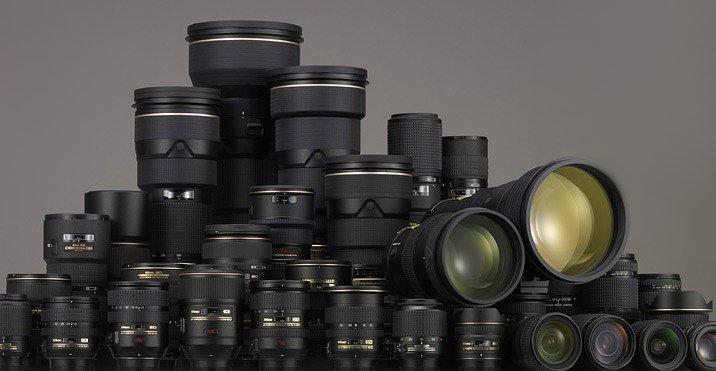
We like keeping things simple, so if you’re unsure what lens to buy first it all comes down to whether your current gear allows you to take pictures like you want.
These are the 4 most important factors to consider before buying a new lens:
- Better quality
- Better low light performance
- Wider or longer focal length
- Price
If you’re looking for a lens that can do a bit of just about everything buying the Nikon Z 24-70mm F2.8 S is your best option.
You should get a lens when you want better performance at what you’re already shooting (sharpness, length, zoom, aperture etc.), or to start taking pictures that excite you but are hard to get with current equipment.
Need more than just the lens?
While the right lens is the most important thing to complement your camera, remember that the speed of your memory card is also extremely important. There are a lot of memory card brands out there so it can be a bit overwhelming to figure out which one is compatible with your camera.
We’ve also written guides for other gear you might need for your Z7. Check out our recommendations for accessories and memory cards.
If you need some help finding other gear check out our selection of the best photography accessories.
Don’t have the Nikon Z7 Yet?
If you are looking to purchase a Z7 this is one of the best bundles we’ve see so far. For basically the price of just a Nikon Z7 body you get the Z7 and a quality kit lens (plus all the other stuff).
Useful Nikon Lens Sites:
Find the Perfect Nikon Lens
If you’re looking to narrow down the options based on a specific type of photography or if you’re trying to figure out what the best lenses are for a particular Nikon camera then check out our simplified guide to finding the best Nikon lenses by using our “5 star” selection system.
> See all of our Nikon lens guides
Last Updated on September 14, 2021 by Nick Voorhees
First and foremost, I’m a husband and father. Then professionally I’m photographer, designer, blogger, and Esty store owner. My homebase is near the stunning Wasatch mountains in Utah but I love traveling with my family as part of our homeschooling journey. I also love teaching and helping out others. My faith is one of the biggest aspects of my life and brings be a consistent joy that I haven’t found in anything else. My main blog is BestPhotographyGear.com and I strive to make photography simple for anyone looking to learn or find gear for their individual needs. By nature, I like to study, research, and analyze things and I use that help provide the best advice and reviews I can.

